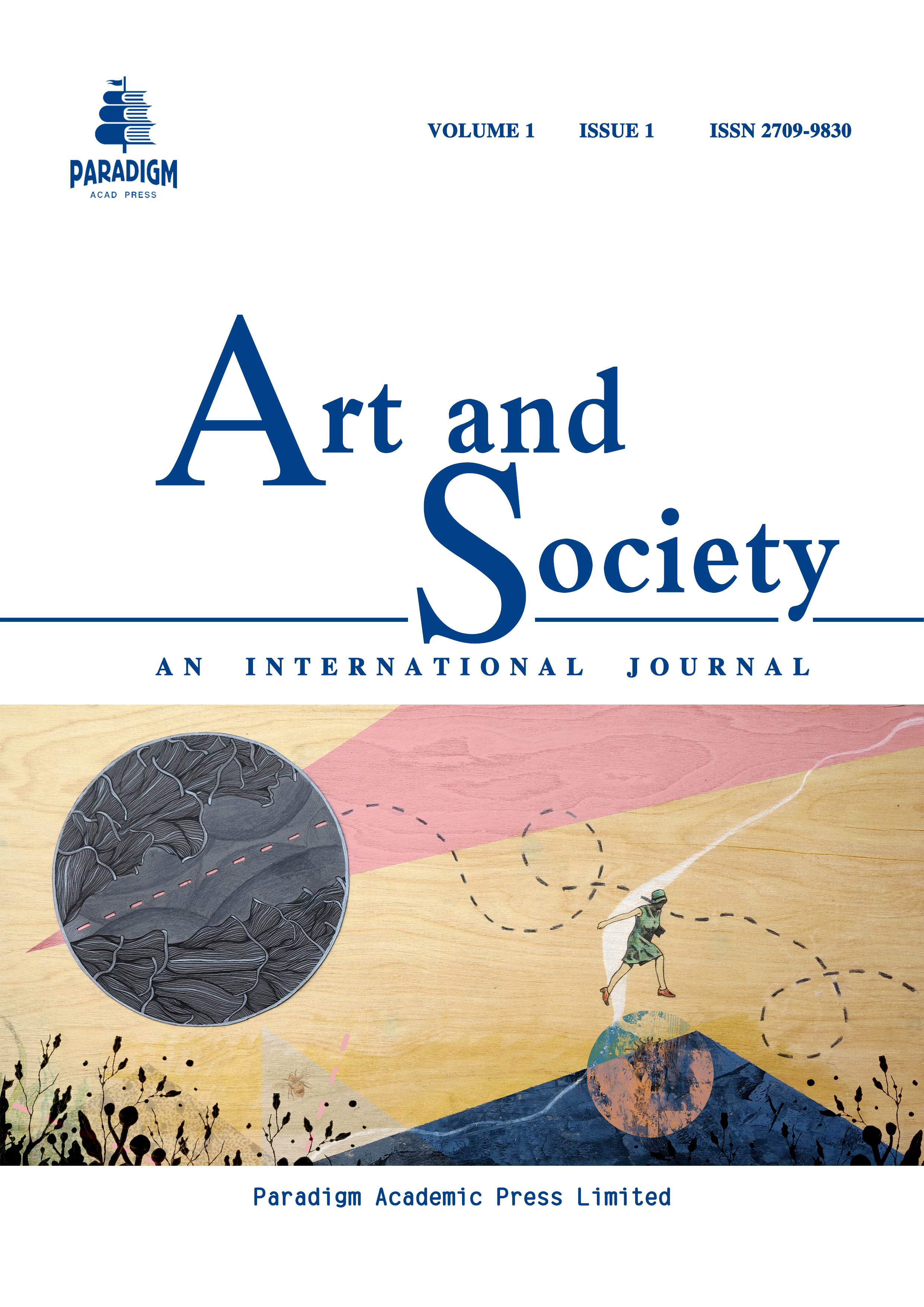Flying Buttresses and the Artistic Expression of Vertical Ambition in Gothic Church Architecture
Keywords:
Gothic architecture, flying buttressesAbstract
This paper explores the pivotal role of flying buttresses in Gothic church architecture, emphasizing their structural innovation and symbolic significance. Gothic architecture, emerging in the 12th century, is renowned for its verticality and light-filled spaces, which were made possible by the advent of flying buttresses. These external supports allowed for the construction of thinner walls and larger windows, leading to the iconic luminosity and height of Gothic cathedrals. Through Notre-Dame de Paris, Chartres Cathedral, and Reims Cathedral, this paper examines how flying buttresses facilitated these architectural feats and contributed to the aesthetic and theological ambitions of the era. The analysis also highlights the artistic expressions found in the decoration of flying buttresses and their enduring influence on subsequent architectural styles. By integrating engineering prowess with profound spiritual symbolism, flying buttresses epitomize the vertical ambition and creative ingenuity of Gothic architecture.


